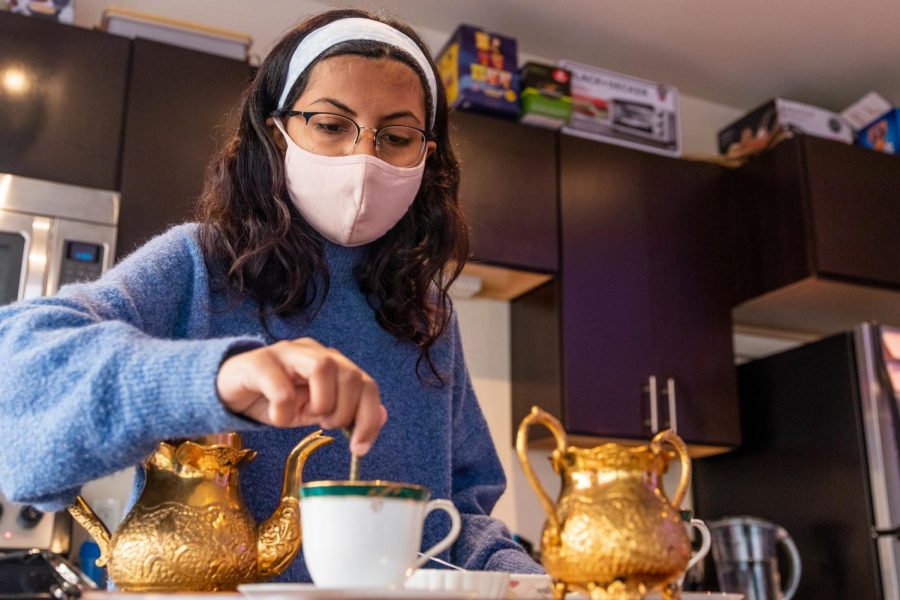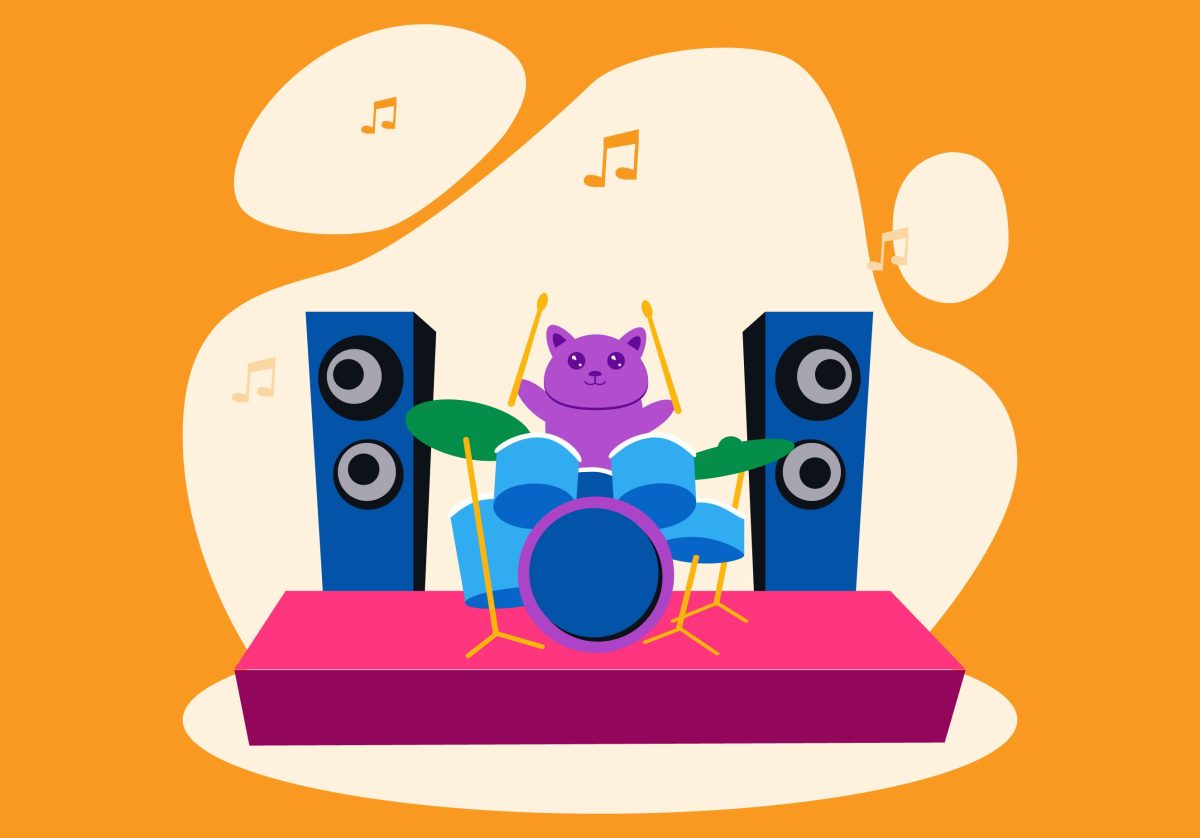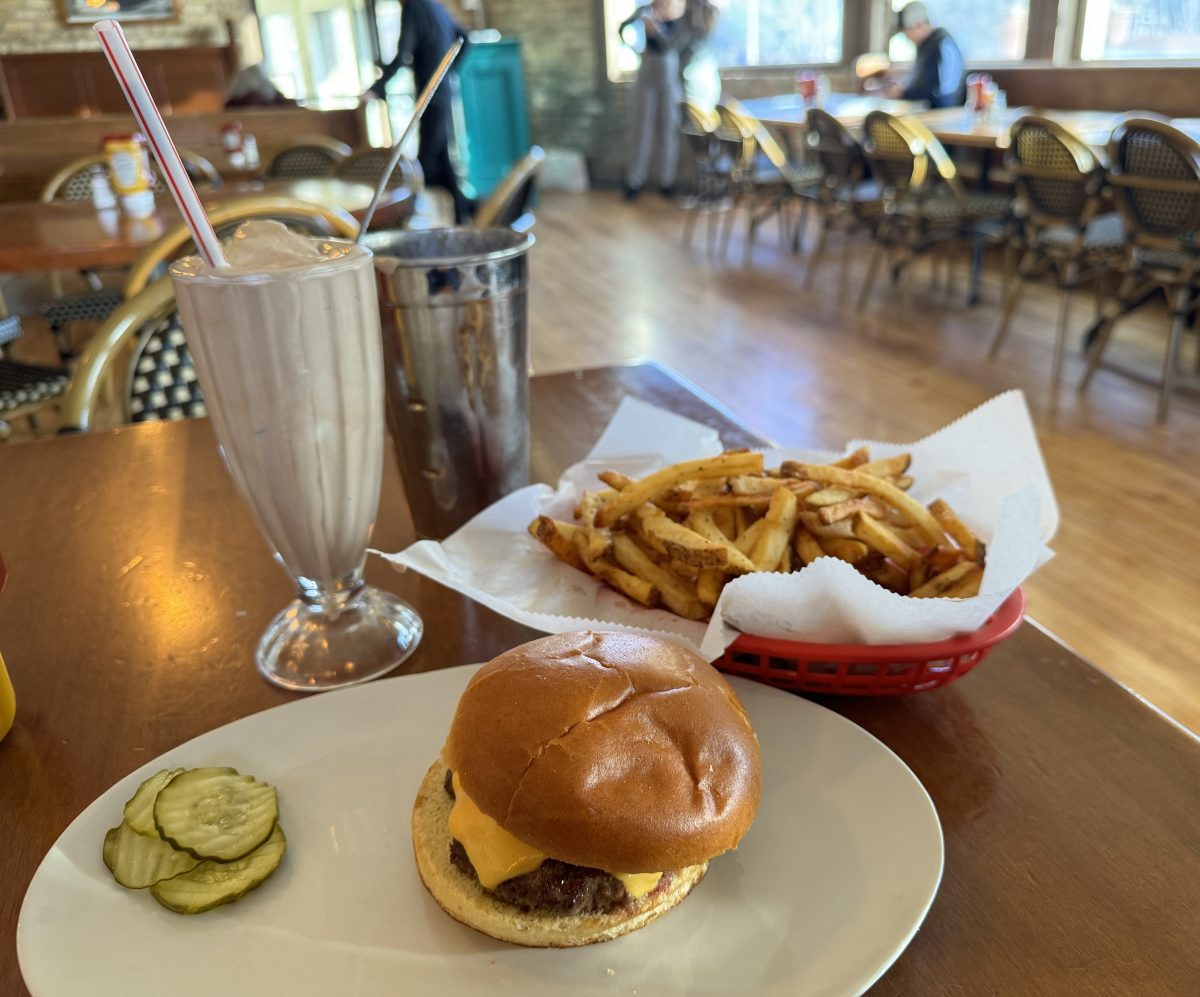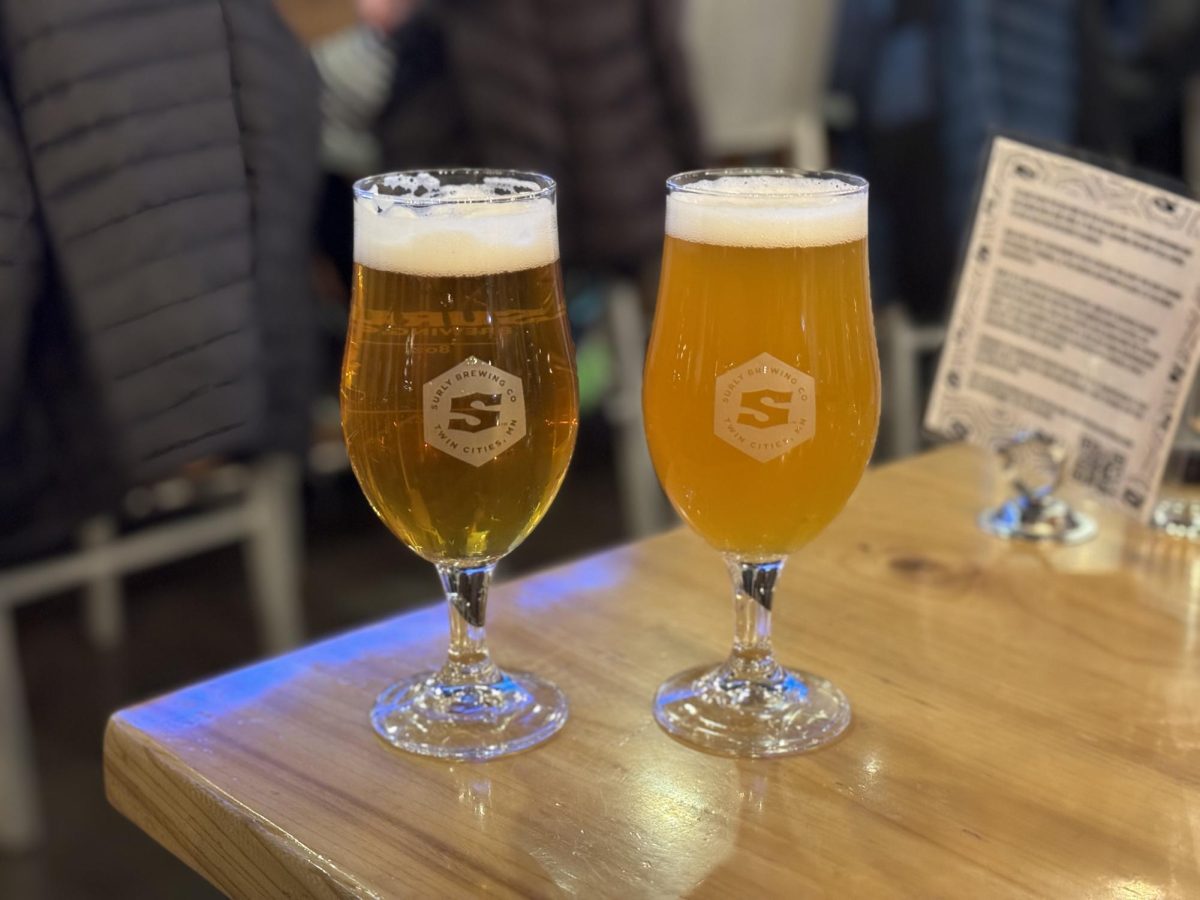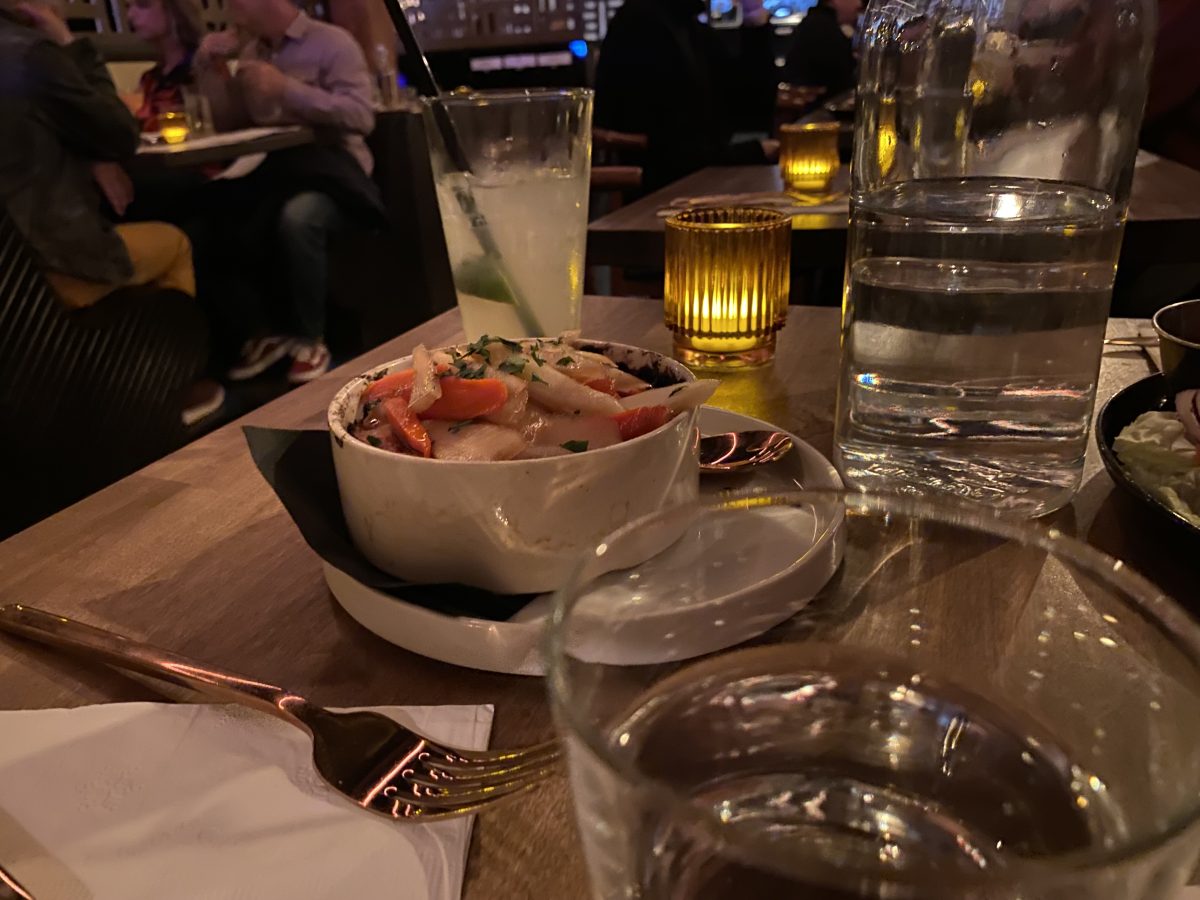Within a few weeks, this cool and pleasant October air will turn to sharp, icy winds and snow. But to mentally prepare for the frigid season ahead, we can savor this new drink that will keep us warm, thanks to the Pakistani Student Association (PSA).
Kashmiri Chai, also known as noon chai, is a rosy pink, aromatic drink. What makes the tea pink? During the cooking process, the tea develops a maroon hue through oxidation and aeration. Amna Dogar, external vice president of PSA, remembers being back in her grandparents house in Pakistan, sipping this tea. According to Eesha Irfanullah, president of PSA, this is a regular drink in Pakistan; while in the U.S., it is considered a delicacy that is drunk when loved ones visit.
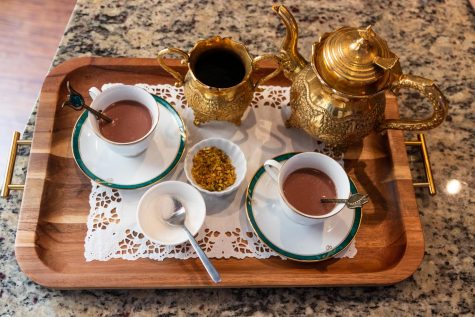
Irfanullah explained how in Pakistan’s colder months, the stove that the chai simmers on acts as a source of heat, perfuming the home with robust aromatics and keeping everyone warm throughout the day.
When asked the biggest difference between American culture and Pakistani culture, Irfanullah explained how in Pakistan, no one ever eats a meal alone.
“Eating is a very communal activity … There is no concept of you eating lunch or dinner by yourself,” said Irfanullah.
While we are all separated by Zoom, restricted by 6 feet of social distance and expected to cook and eat our meals alone, maybe by making this shared recipe we can feel a sense of togetherness, even at a time of distance.
Recipe by Noreen Sheikh, Irfanullah’s mom.
Serves around 20 cups of tea
Preparation time: one and a half to two hours
Ingredients:
1 gallon water
2 heaped tablespoons gunpowder tea or green tea leaves
½ gallon ice water
½ gallon whole milk or a non-dairy milk of your choice
1 cup heavy whipping cream
6 cardamom pods
1½ stars of anise
Crushed, peeled, unsalted pistachios for garnish
Sugar to taste
Instructions:
In a large pot, bring a gallon of water and the tea leaves to a boil. Let this mixture boil on high until it reduces by half, around 30 to 45 minutes.
Once it has reduced, add ice water. The color should turn maroon. Boil this on medium high until it reduces by half, another 30 to 45 minutes.
Once it has reduced, add your milk of choice, cardamom pods and stars of anise. Let this simmer on low for around 25 to 30 minutes.
Serve with pistachios and add sugar to your liking.







